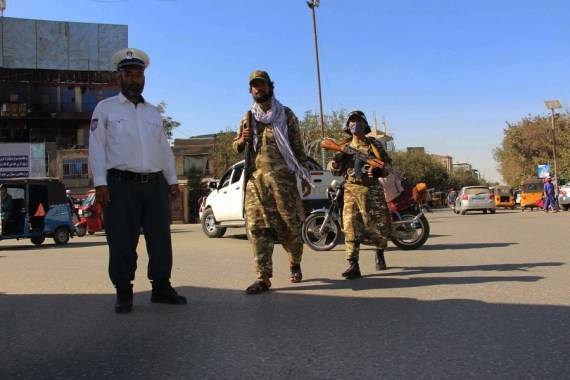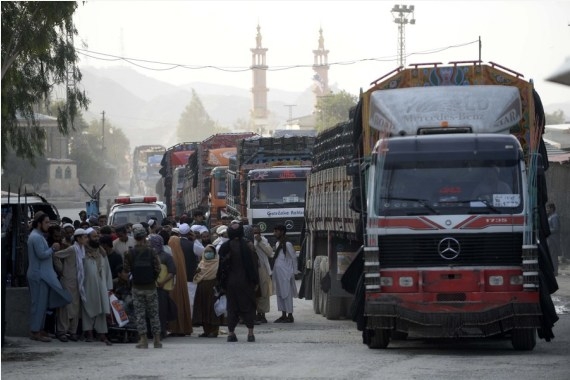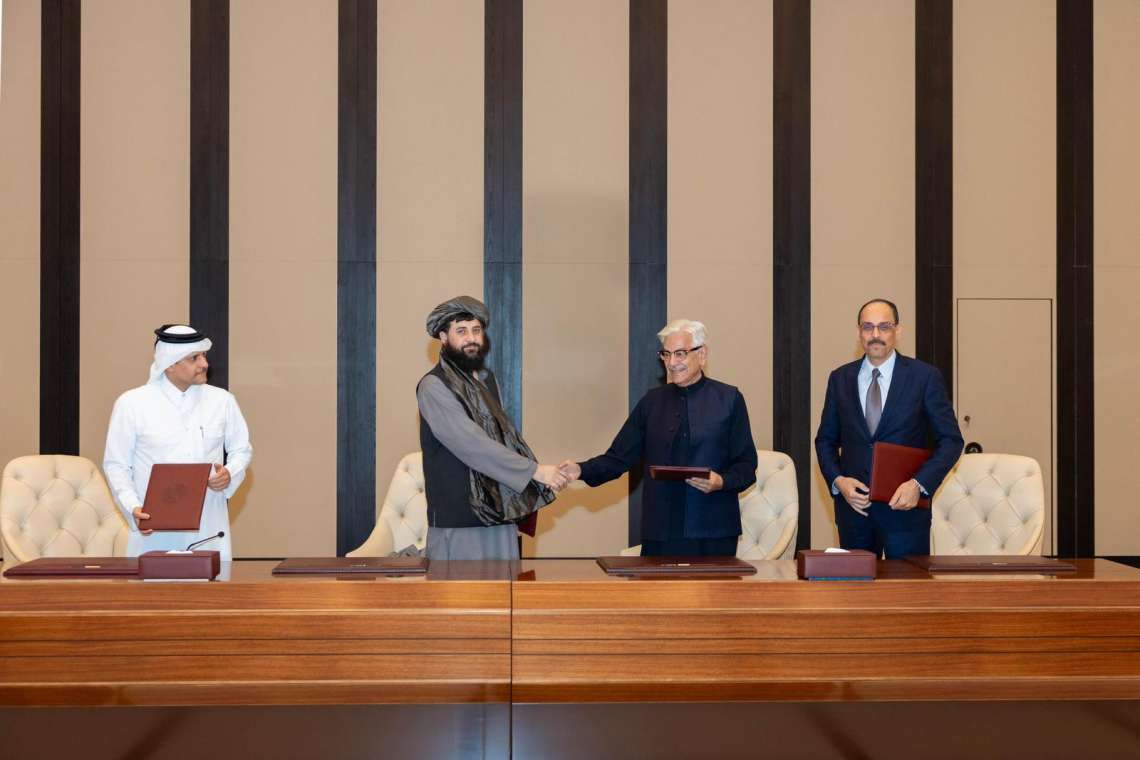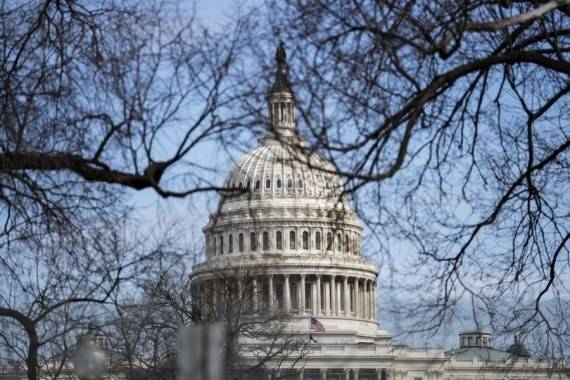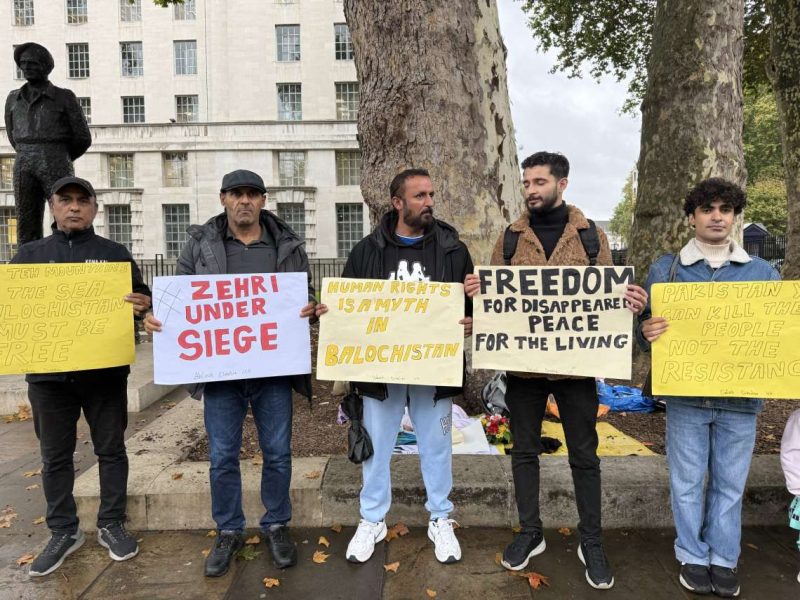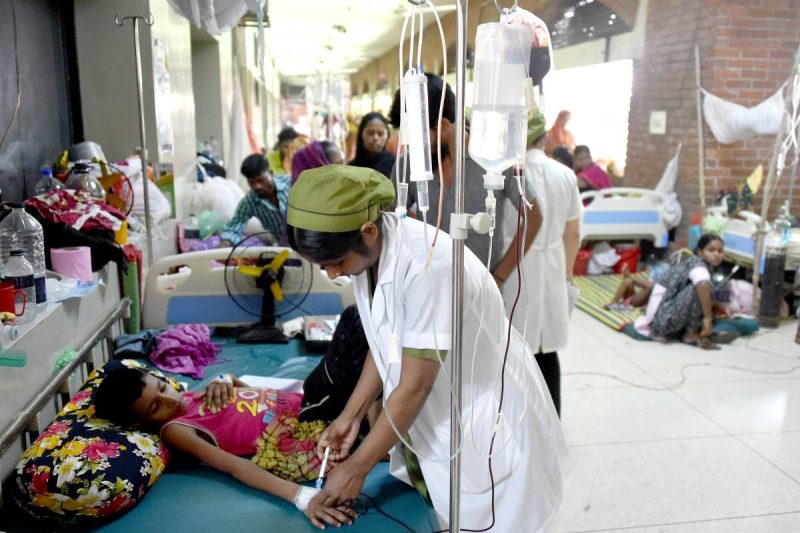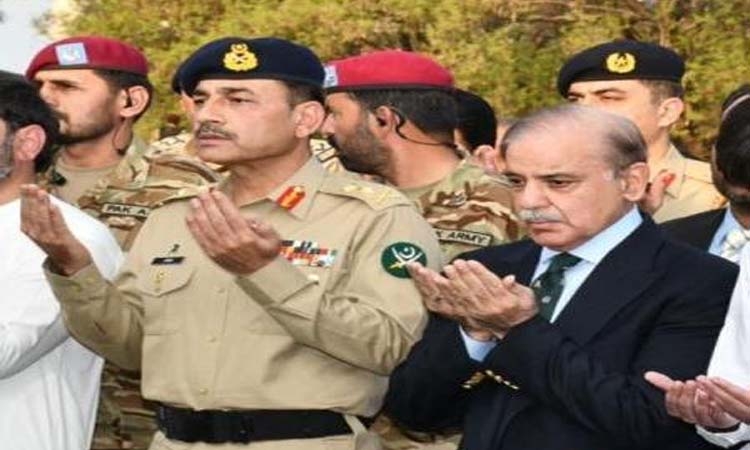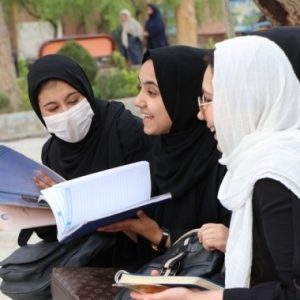These sources said that all Afghan and foreign reporters are required to have an accreditation letter from the office of the Taliban’s spokesperson, who, according to the journalists, takes his orders from the GDI….reports Asian Lite News
Taliban intelligence is trying to control the Afghan media by torturing and beating Afghan journalists, the Committee to Protect Journalists (CPJ) has said in its latest report.
The New York-based media watchdog said these intelligence agents are pressuring the media for not publishing critical reports about the Taliban.
On January 19, the Taliban’s General Directorate of Intelligence (GDI) publicly called on Afghan media to refrain from publishing and broadcasting what it termed “false news and baseless rumors.”
The warning amounted to the first public acknowledgement of something that Afghan journalists already knew: a tough new cop was on the beat.
The emergence of the GDI – an intelligence agency formerly known as the National Directorate of Security (NDS) – comes against the backdrop of a reported internal power struggle between the Taliban’s southern and Haqqani network factions for control of the six-month-old regime. For Afghan reporters, it has brought an increasingly hard edge to the Taliban’s treatment of the media, suggesting it could be entering a chilling new phase in its clamp down on the strikingly robust media scene that emerged in the two decades after the 2001 U.S.-led invasion of Afghanistan.

When the Taliban took Kabul last August, media policy initially was managed by civilian institutions: the Ministry of Information and Culture and later, the Ministry of Promotion of Virtue and Prevention of Vice.
These ministries were hardly bastions of liberalism. Even as Taliban leaders indicated tolerance for the continued operation of independent media, they issued vague guidelines that seemed to compromise these positions, such as their two-pillar media strategy, projecting a “press-friendly image” internationally while actually ratcheting up pressure on reporters and their outlets.
The first set of restrictions on Afghan media came on August 17, 2021, just two days after the Taliban’s takeover of the capital, Kabul. Taliban spokesperson Zabihullah Mujahid broadly announced a framework for Afghan media operations, which he termed “suggestions.” He stressed that “no broadcast should contradict Islamic values, reporting should be impartial and there should be no broadcast against national interests,” according to media reports.
On September 19, 2021, the Taliban-controlled Government Media and Information Center (GMIC) announced 11 new publishing rules, including directives that journalists should coordinate with the GMIC when preparing content.
The Ministry of Promotion of Virtue and Prevention of Vice issued more restrictive directives on November 21, banning women from appearing in Afghan television dramas and ruling that female journalists and presenters must wear hijab – headscarves covering their heads and necks – on screen.

However, the GDI’s January move into the spotlight did not come out of the blue. It followed media reports on the agency’s night raids and arrests of women protesters in Kabul and cases documented by CPJ of GDI’s involvement in extralegal detention and harsh interrogation of journalists and media owners.
The GDI’s predecessor, the National Directorate of Security (NDS), was accountable to the now-defunct Afghan parliament and government leaders for its primary mission of counterterrorism and foreign intelligence operations. The Taliban’s GDI has shifted its main focus to domestic affairs, including actively suppressing media and civil society activists and the detention, torture and even killing of former Afghan government military and civilian officials, according to three former government intelligence operatives who spoke to CPJ on condition of anonymity due to fear of retaliation.
The Taliban have now imposed an unwritten, unannounced security regime on journalists operating across Afghanistan, according to several journalists and media executives, who spoke with CPJ on condition of anonymity because they feared reprisal from the group.
These sources said that all Afghan and foreign reporters are required to have an accreditation letter from the office of the Taliban’s spokesperson, who, according to the journalists, takes his orders from the GDI.
A number of other Afghan journalists who have been arrested, threatened or beaten by members of the GDI or other Taliban agencies refused to talk to CPJ, even off the record, fearing the GDI digital surveillance and telephone-tapping capabilities.
A recent survey by the Afghanistan Journalists Federation, reviewed by CPJ, found that before the fall of Kabul around 4,090 Afghan male journalists and 979 female journalists were active in Afghanistan. Six months later, an estimated 2,091 male journalists and 243 female journalists are still working in the country. In every respect, Afghanistan’s once-thriving media ecosystem is declining rapidly under the Taliban rule. (ANI)


